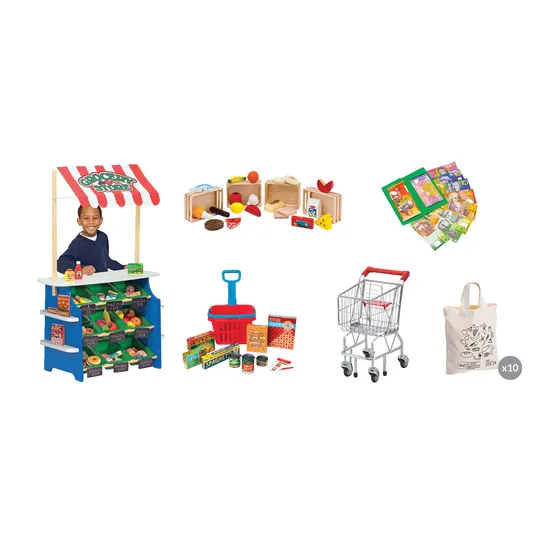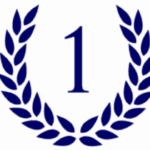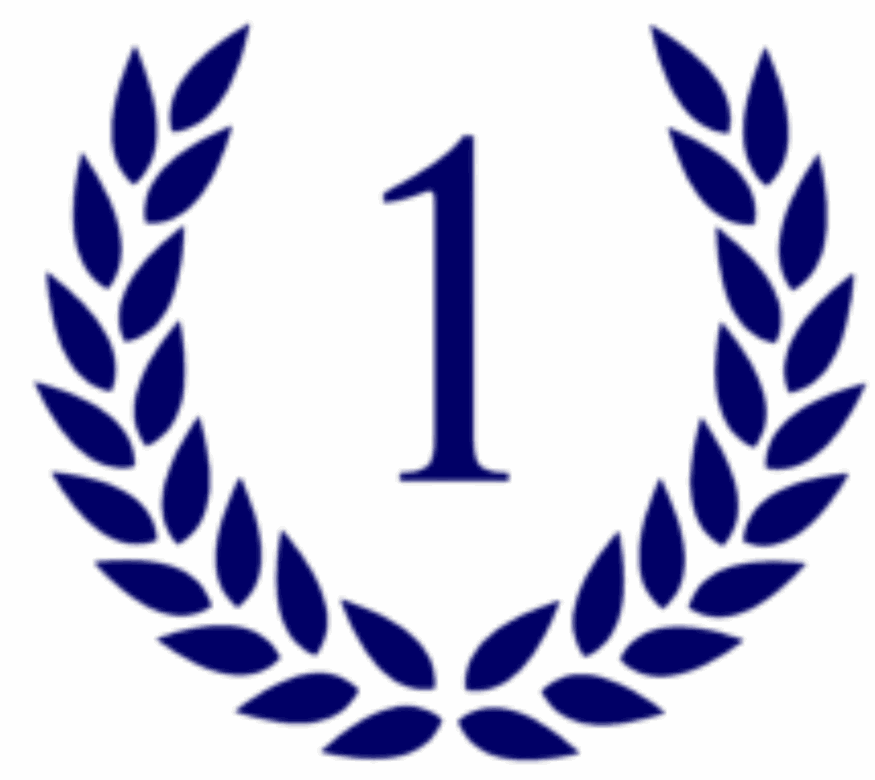
When it comes to teaching young students concepts like money, adding totals, and calculating change, engagement is everything. One of my favourite methods is turning the session into a real-life shopping experience. I start by heading to Canva and printing a shopping list template, adding the student’s name to personalise it. Then, I bring in a stash of small Coles collectible toys (remember those mini grocery items from a few years back?) and set up a mini shop.
The student gets to name their shop which is a simple step gives them ownership and excitement from the get-go. We use the play money in Room T to “buy” and “sell” items, adding up totals and working out change together. I make sure to use the whiteboard to show the maths visually, and keep it as interactive as possible. You can even do this with real snacks like lollies and chocolates from the front of the centre (which makes for a fun treat at the end!).
For students in Kindergarten to Year 2, another great idea is to have them draw a picture of their favourite thing. I usually come up with this activity when a student is chatting a lot about a certain topic – they’re already excited, so I use that to transition smoothly. Once they’ve drawn their masterpiece, we use sight words to describe what’s happening in the picture, including what the character looks like and what they’re doing.
The heart of this approach is making learning interactive, fun, and tailored to each child’s interests. By doing so, we’re not only helping them understand key concepts but also building a positive attitude toward learning that lasts.
Briana Vaz

